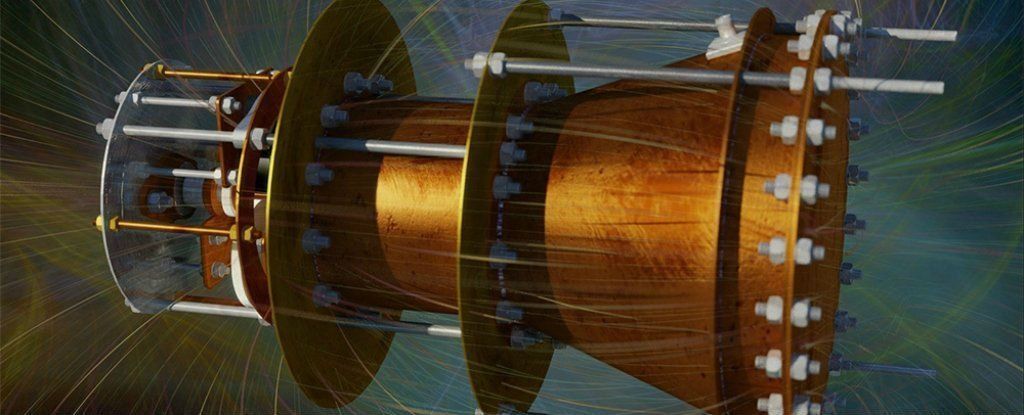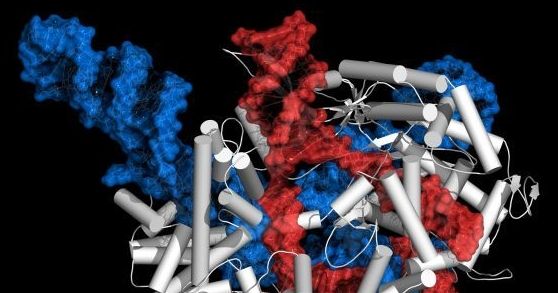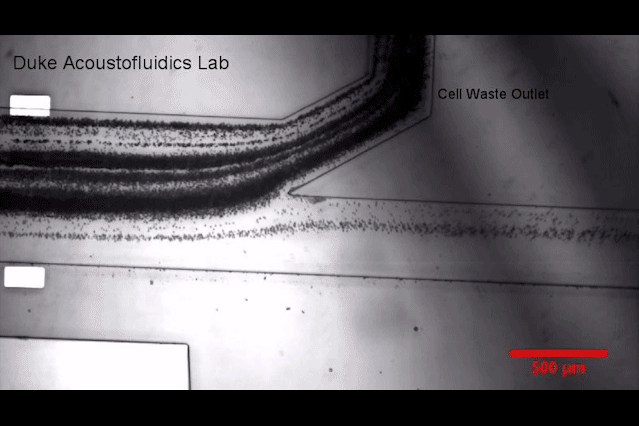1 in 3 American adults has prediabetes and 90% don’t know it. Prediabetes treatment adds years to your life and prevents type 2 diabetes.



A growing body of evidence shows that coffee prevents type 2 diabetes.
Type 2 diabetes is a massive health problem that’s about to get worse. A recent study concluded that 40% of Americans alive today are expected to get the disease. Left untreated, the soaring blood sugar caused by type 2 diabetes creates serious health problems throughout the body, including heart disease, stroke, loss of limbs, kidney failure, blindness, and double the risk of death.
Research has shown that drinking coffee is a way to prevent type 2 diabetes.
From flying taxis to Batman-style surveillance motorcycles, Dubai’s GITEX expo this week showcased innovations that were symbols of the city-state’s ambitions to be a metropolis of the future.
Known for its futuristic skyline and artificial islands, Gulf emirate Dubai has carved out a place alongside cities like Singapore as a hub for innovative ideas.
At this year’s 37th Gulf Information Technology Exhibition (GITEX), which runs until Thursday, city authorities were keen to show off they remain on the cutting edge.
NASA’s acting chief technologist, Dr Douglas Terrier, made the comments ahead of an appearance at the Codex innovation summit, held in London.
One of the techniques currently under development that it is following is NMN, a compound expected to enter clinical trials after it was shown to rejuvenate elderly mice in laboratory tests.

I don’t feel any different being 77 years old, though I know I’m not going to be here forever. On a day-to-day basis, I still write papers, solve physics problems and interact with other physicists. I may be the only one in the world that doesn’t know that I’m senile, but I continue to contribute to physics. The principle thing is that I am still having fun.
The next act: Life stories | A taste for life.

Ever since the EM drive first made headlines, science lovers have puzzled over how the propulsion system seems to produce thrust, despite the fact it’s ‘impossible’ according to one of the most fundamental laws of physics — Newton’s third law of motion.
Now a team of physicists have put forward an alternative explanation — it turns out the EM drive could actually work without breaking any scientific laws, if we factor in a weird and often overlooked idea in quantum physics — pilot wave theory.
For those who need a refresher, the crux of the problem here is that the EM, or electromagnetic, drive appears to produce thrust without any fuel or propellant.
“No one knows when their life will end, therefore it is important to prepare for death both physically and digitally for when the time comes.” Prepare Digitally?
A digital memorial service tied to your social media accounts so you can communicated with friends and family when your deceased. This is interesting!


Using sound waves, scientists sort markers for cancer and other diseases such as kidney disease, neurodegenerative diseases and other conditions.
Link to article: https://phys.org/news/2017-09-blood-tissue-biopsies.html
At its Ignite developer conference yesterday, Microsoft announced that it has developed a new programming language designed to not only run on current computers but on the most advanced machines of the future: quantum computers. Ignite is running from Sept. 25–29 in Orlando.
Like many other of the world’s largest tech companies, Microsoft has been working to develop quantum computers that could handle massively complex problems in minutes or seconds. Unlike today’s conventional devices that use the digital bits “0” and “1,” quantum computers use qubits that can act as 0s, 1s or both simultaneously.
Microsoft said its new quantum computing language, which has yet to be named, is “deeply integrated” into its Visual Basic development environment and does many of the things other standard programming languages do. However, it is specifically designed to allow programmers to create apps that will eventually run on true quantum computers.